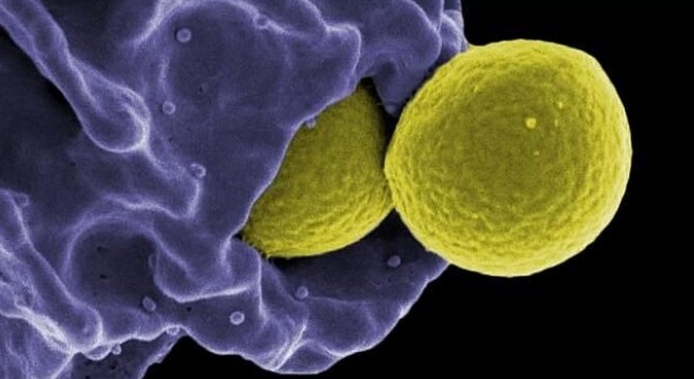Blog Post
Understanding Interleukin-8: A Key Player in Immunology, Disease, and Therapy

Introduction
Interleukin-8 (IL-8) is a crucial signaling protein that plays a pivotal role in the immune system. It regulates the response to infection and inflammation, and its involvement in various diseases and potential therapeutic approaches is under active investigation.
What is Interleukin-8?
IL-8 is a small protein that acts as a chemoattractant, signaling white blood cells, especially neutrophils, to migrate to sites of infection and inflammation. Neutrophils are the first line of defense against infection, and they are essential for engulfing and destroying bacteria and other foreign invaders.
IL-8 and the Immune System
IL-8 is produced by a variety of cells, including macrophages, neutrophils, epithelial cells, and endothelial cells. It plays a key role in both the innate and adaptive immune responses.
- Innate immune response: IL-8 is rapidly produced at the site of infection, attracting neutrophils to the area to help fight off the infection.
- Adaptive immune response: IL-8 also helps to activate T cells and B cells, which are essential for mounting a specific and targeted immune response.
Transition: IL-8’s critical role in the immune system makes it a key player in a variety of diseases.
IL-8 and Disease
IL-8 levels are elevated in a number of diseases, including:
- Cancer: IL-8 can promote tumor growth and metastasis by attracting blood vessels to the tumor and suppressing the anti-tumor immune response.
- Inflammatory diseases: IL-8 plays a role in the pathogenesis of chronic inflammatory diseases such as rheumatoid arthritis, inflammatory bowel disease, and asthma.
- Infections: IL-8 production is increased in response to infection, helping to recruit neutrophils to the site of infection. However, excessive IL-8 production can contribute to tissue damage and organ dysfunction.
Transition: Given its role in disease, IL-8 is an attractive target for therapeutic development.
Researchers are exploring the potential of targeting IL-8 for the treatment of a variety of diseases. For example, IL-8 receptor antagonists are being developed to treat cancer and inflammatory diseases. Additionally, strategies are being investigated to modulate IL-8 production in response to infection to improve outcomes in infectious diseases.
Conclusion
Interleukin-8 is a vital regulator of the immune system, and its involvement in disease and therapy is complex and multifaceted. As we continue to learn more about IL-8, new and innovative therapeutic approaches may emerge.

